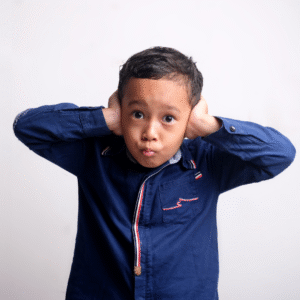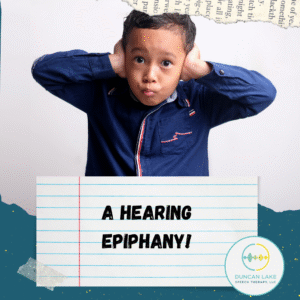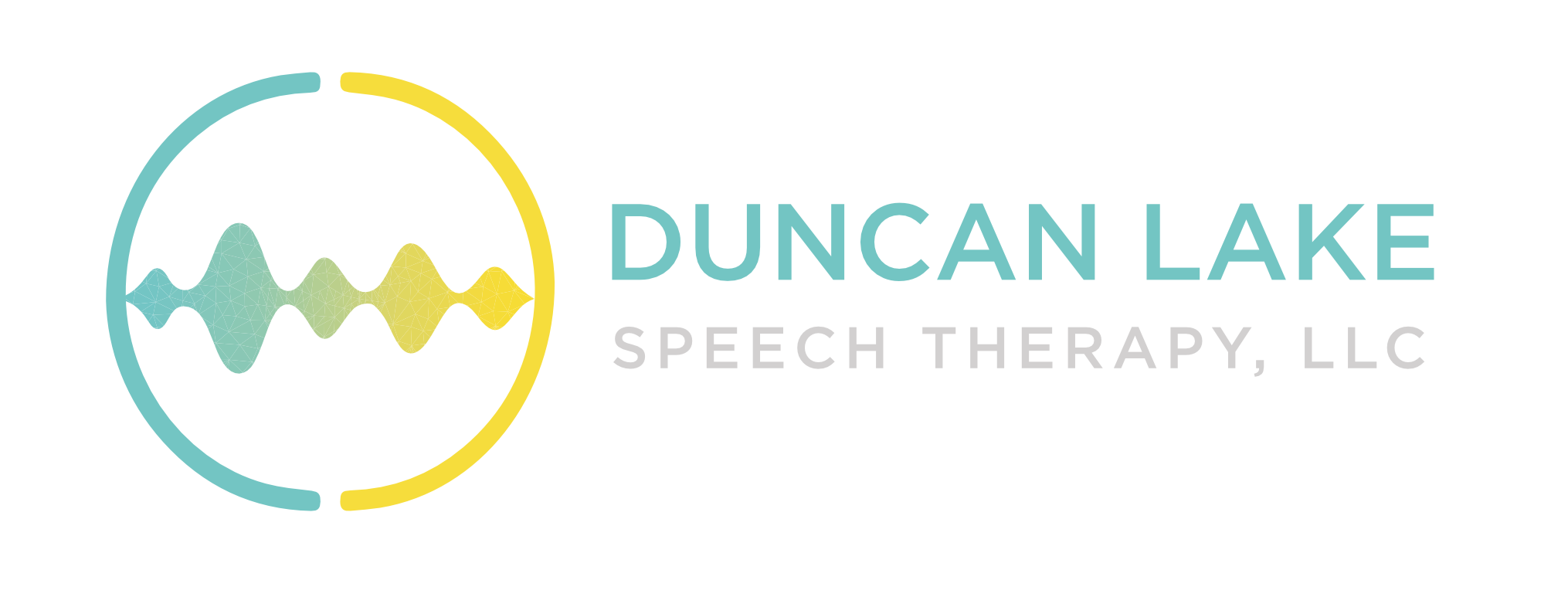by Tamiko Teshima, M.A., CCC-SLP
Practice Owner & Speech-Language Pathologist
Published in September 2019, updated in May 2025
If you follow me on Instagram, you might’ve seen that I recently traveled for a wedding. In my ongoing effort to reduce landfill waste, I usually opt for hand dryers in public restrooms. But on this trip, I was struck by how incredibly loud they were. Maybe it was the 3:30 AM wake-up talking, but I couldn’t stop thinking about the noise.
So I looked it up. And guess what? Hand dryers are loud…like, really loud. One 13-year-old even conducted a science fair project showing they could contribute to hearing damage in kids. (Shout out to curious kids asking great questions!)
Later that evening, my husband and I ended up at a bar just outside Atlanta with a DJ spinning some beats. I turned to him and said, “Am I just tired and cranky, or is this music actually way too loud?” I pulled out my trusty decibel meter, and yep, it wasn’t just me. 90 decibels!
If DJs and hand dryers are that loud, what else are we encountering every day that could be putting our hearing at risk?

Common Noise Levels in Daily Life
Here are some typical environmental sounds and how loud they really are:
- Restaurants and bars: 65–80 dB
- Alarm clocks: 80 dB
- Leaf blowers: 80–85 dB
- Hair dryers: 80–90 dB
- Blenders/food processors: 80–90 dB
- Subway trains: 100 dB
- Headphones at max volume: 110 dB
- Balloon popping: 125 dB
Sounds above 85 dB can start damaging hearing in as little as 15 minutes without protection. And many of us are around these sounds daily without even realizing the impact.
Easy Ways to Protect Your Hearing
The good news? A little awareness and a few simple changes can go a long way in protecting your ears:
- Carry earplugs. Foam earplugs are inexpensive, portable, and effective.
- Plug your ears in a pinch. If you’re caught off guard (ambulance sirens, subway, etc.), use your fingers to block the sound.
- Create distance. The farther you are from the source, the less intense the sound. Even a few feet can make a big difference.
- Check your volume. Jam out responsibly. If your ears are ringing after a song, it was too loud.
- Roll up the windows. Freeway driving with the windows down is much louder than you think. Keep the windows down for slower, quieter roads.
You only get one set of ears! Treat them kindly.



Recent Comments